13 Substitutions for Ingredients in DIY Body Product Recipes
This post may contain affiliate links. Read our disclosure policy here.
In the realm of DIY body product recipes, the ability to adapt and substitute ingredients is a crucial skill. Whether you’re crafting your own lotion, body scrub, or lip balm, understanding ingredient substitutions opens up a world of possibilities.

Substitutions for Butters, Oils, and More
So, here are some common substitutions for ingredients in DIY body product recipes:
| Ingredient | Substitutes |
|---|---|
| Coconut Oil | Olive oil, almond oil, jojoba oil, shea butter, cocoa butter. |
| Essential Oils | Another essential oil with a similar scent. |
| Beeswax | Carnauba wax, candelilla wax, soy wax. |
| Shea Butter | Cocoa butter, mango butter, avocado butter. |
| Aloe Vera Gel | Jojoba oil, cucumber juice, distilled water. |
| Honey | Agave nectar, maple syrup, molasses. |
| Castile Soap | Liquid dish soap (unscented and mild), liquid coconut oil soap. |
| Exfoliants | Sugar, salt, coffee grounds, oatmeal, ground nut shells |
| Preservatives | Vitamin E oil, rosemary extract, grapefruit seed extract. |
| Arrowroot Powder or Cornstarch | Tapioca starch, potato starch, kaolin clay, rice flour. |
| Vitamin E Oil | Jojoba oil, grapeseed oil, wheat germ oil. |
| Epsom Salt | Sea salt, Himalayan salt, baking soda. |
| Glycerin | Honey, aloe vera gel, vegetable glycerin. |
If you find a recipe that you really want to make but either don’t have the ingredients or you need to substitute something because of an allergy, this post can be your guide!
Keep on reading!
Can You Substitute Ingredients in DIY Body Product Recipes?
Substituting ingredients in DIY body product recipes is a common practice and can be done for various reasons, such as personal preference, availability of ingredients, or specific skin concerns.
However, it’s important to research the properties of the original ingredient and choose a substitute that serves a similar purpose.

13 Common Substitutes for Ingredients in DIY Body Product Recipes
Here are some common substitutions for ingredients often found in DIY body product recipes:
1. Coconut Oil:
- Substitutes: Olive oil, almond oil, jojoba oil, shea butter, cocoa butter.
- Considerations: Choose oils or butters with similar properties, such as moisturizing abilities and solidifying points (if applicable). However, keep in mind that coconut oil solidifies at lower temperatures. So, if the product needs to remain liquid, choose an oil that stays liquid at room temperature.
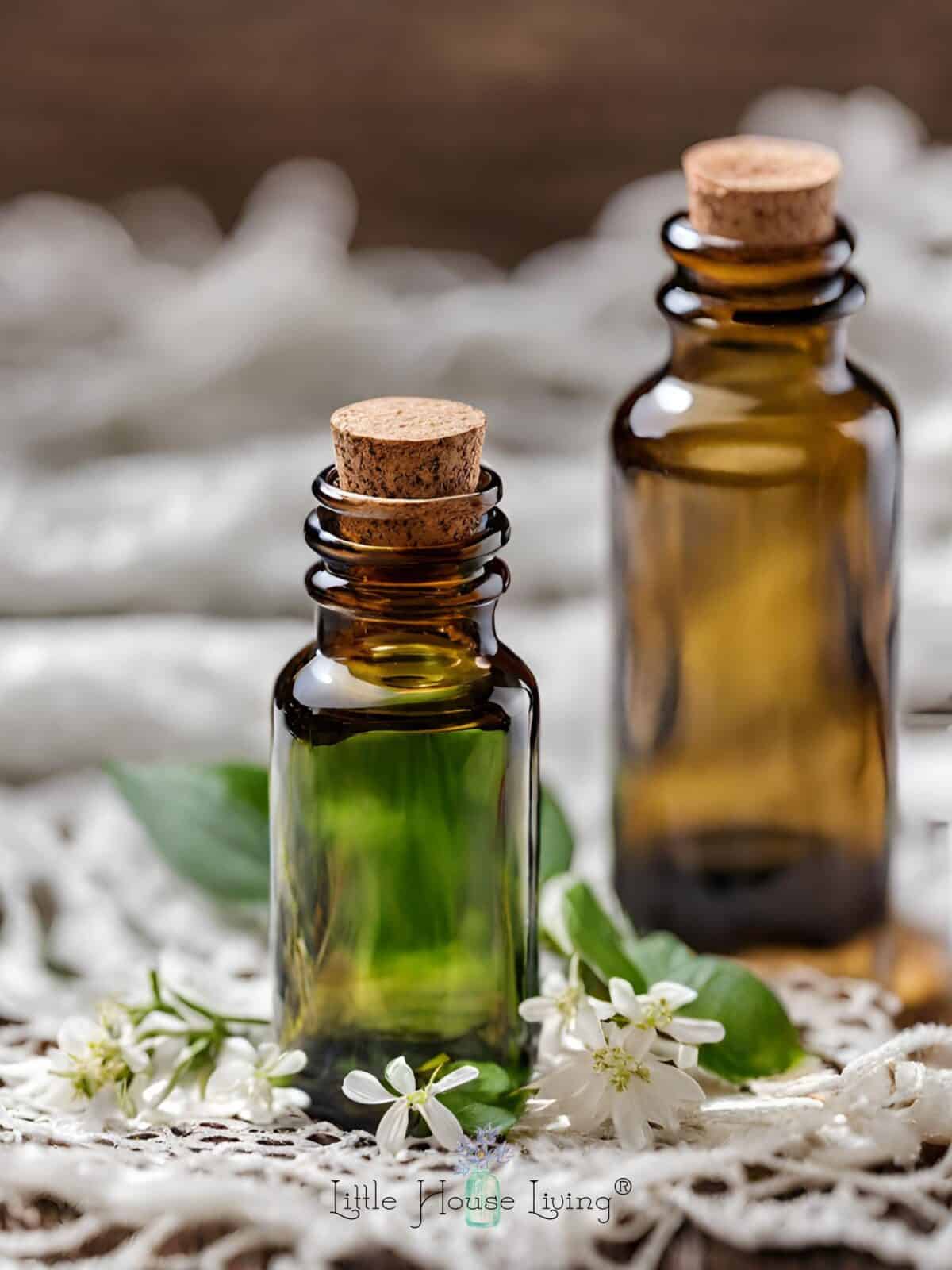
2. Essential Oils:
- Substitutes: Other essential oils with similar therapeutic properties or scents.
- Lavender: This can be substituted with chamomile, rose, or geranium oil for a floral scent.
- Tea tree: Can be substituted with eucalyptus or lavender oil for their antibacterial properties.
- Peppermint: This can be substituted with spearmint for a milder, minty scent.
- Considerations: Essential oils vary widely in their aroma and benefits. So, when substituting, consider the intended fragrance and potential therapeutic effects of the oil in the original recipe.
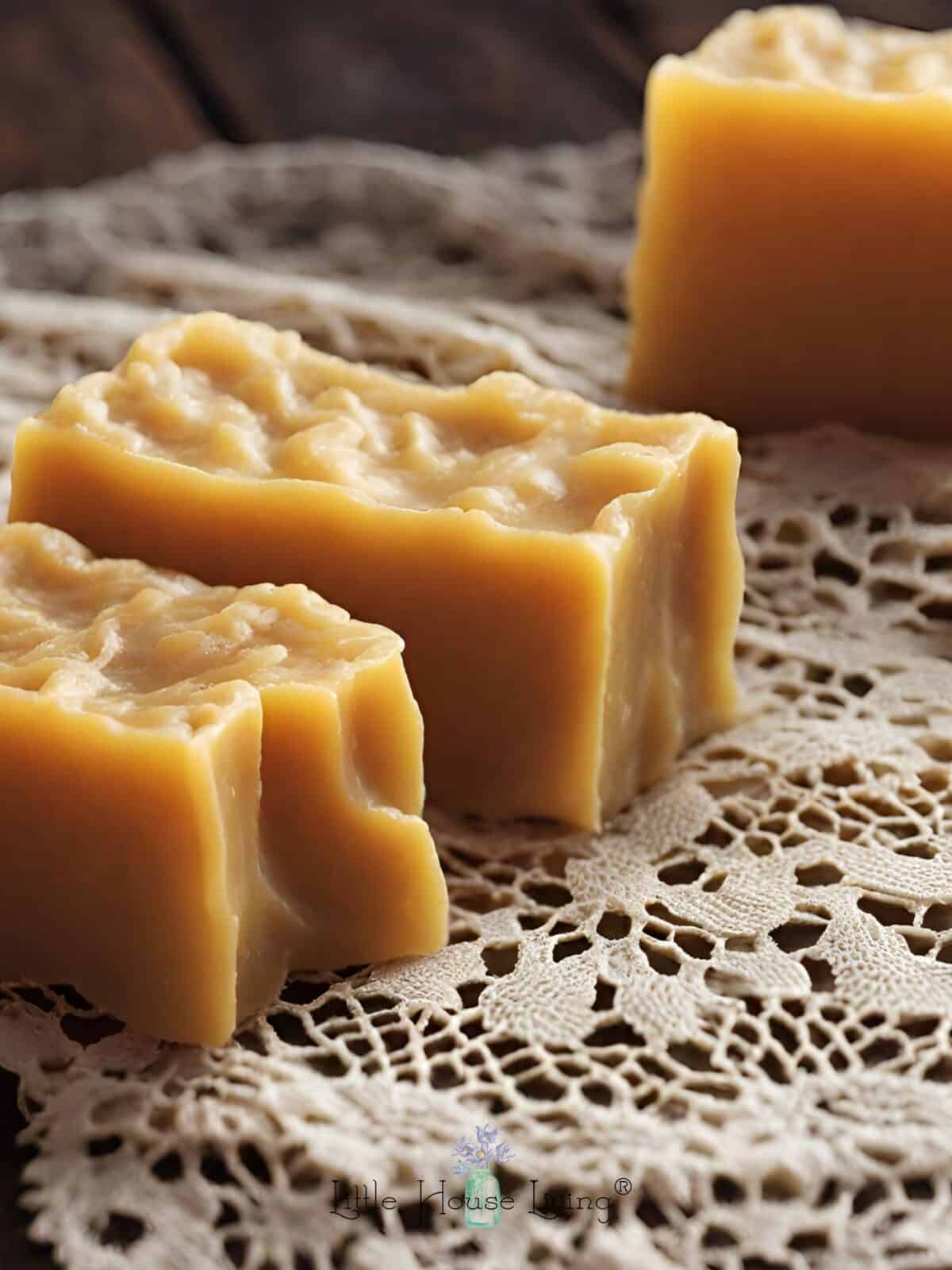
3. Beeswax:
- Substitutes: Carnauba wax, candelilla wax, soy wax.
- Considerations: Beeswax is used to provide a firm texture to balms and bars. Choose a substitute with a similar melting point and hardness to maintain the product’s desired consistency.
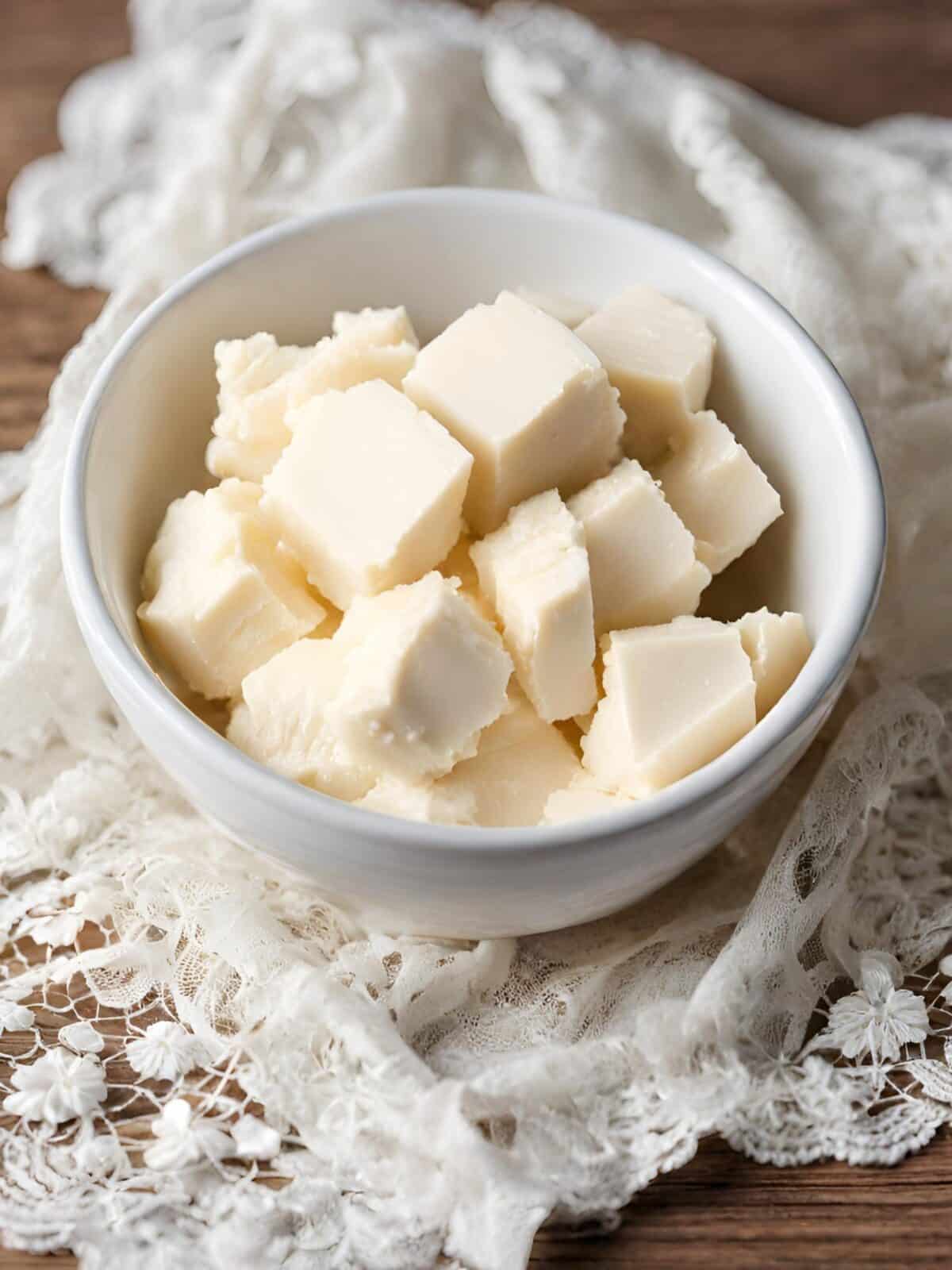
4. Shea Butter:
- Substitutes: Cocoa butter, mango butter, avocado butter.
- Considerations: Different butters have slightly different textures and scents. Choose a substitute based on the desired properties in the final product, such as creaminess, moisturization, and skin feel.
5. Aloe Vera Gel:
- Substitutes: Jojoba oil, cucumber juice, distilled water.
- Considerations: Aloe vera provides soothing and hydrating properties. When substituting, choose liquids with similar soothing effects and consider the product’s shelf life, as fresh ingredients may require additional preservatives.
6. Honey:
- Substitutes: Agave nectar, maple syrup, molasses.
- Considerations: Honey adds sweetness and antibacterial properties. Choose substitutes with a similar consistency and also consider the impact on the product’s texture and scent.
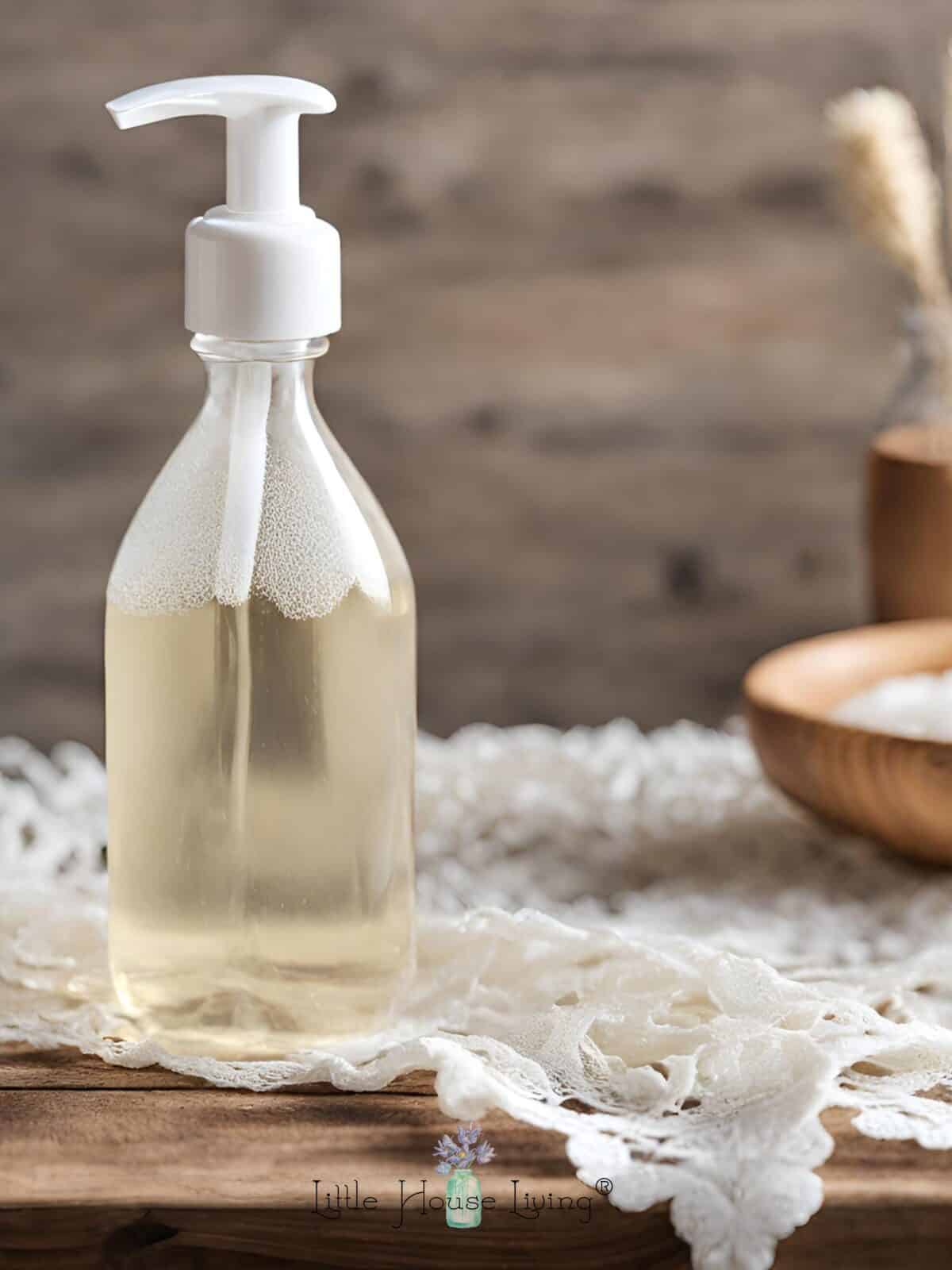
7. Castile Soap:
- Substitutes: Liquid dish soap (unscented and mild), liquid coconut oil soap.
- Considerations: Castile soap is often used as a gentle cleanser. Choose a substitute with a similar mildness and also consider the impact on lathering and cleansing properties.
8. Exfoliants:
- Substitutes: Sugar, salt, coffee grounds, oatmeal, ground nut shells.
- Considerations: Different exfoliants vary in abrasiveness. Choose a substitute based on the desired level of exfoliation. Additionally, consider the size and texture of the particles for skin safety.
9. Preservatives:
- Substitutes: Vitamin E oil, rosemary extract, grapefruit seed extract.
- Considerations: Preservatives help extend the shelf life of products, particularly those with water content. Choose substitutes with antioxidant properties. Also, be aware of the recommended usage rates to ensure efficacy.
10. Arrowroot Powder or Cornstarch:
- Substitutes: Tapioca starch, potato starch, kaolin clay, rice flour.
- Considerations: These ingredients are often used as thickeners. Choose a substitute based on the desired texture as well as the potential impact on the product’s absorbency.
11. Vitamin E Oil:
- Substitutes: Jojoba oil, grapeseed oil, wheat germ oil.
- Considerations: Vitamin E oil is used for its antioxidant properties. Choose a substitute with similar antioxidant benefits and also consider the impact on the product’s shelf life.

12. Epsom Salt:
- Substitutes: Himalayan salt, sea salt, baking soda.
- Considerations: Epsom salt is often used for its therapeutic properties in bath salts. Choose a substitute with similar mineral content and also consider the visual appeal of different salts.
13. Glycerin:
- Substitutes: Honey, aloe vera gel, vegetable glycerin.
- Considerations: Glycerin is a humectant that attracts moisture. Choose a substitute with similar humectant properties. Also, keep in mind the impact on texture, skin hydration, and shelf life.
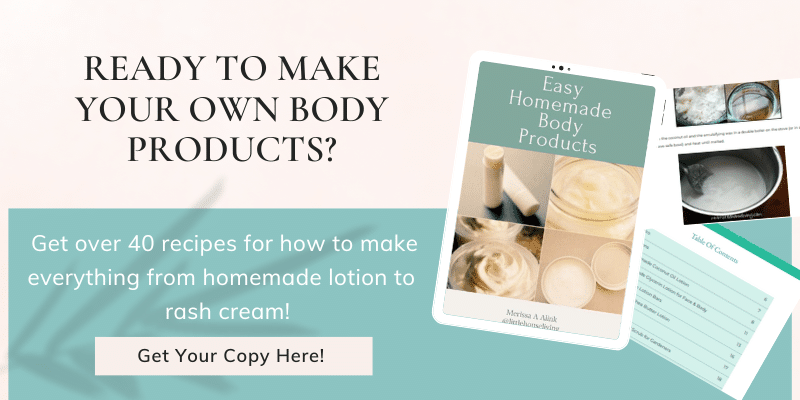
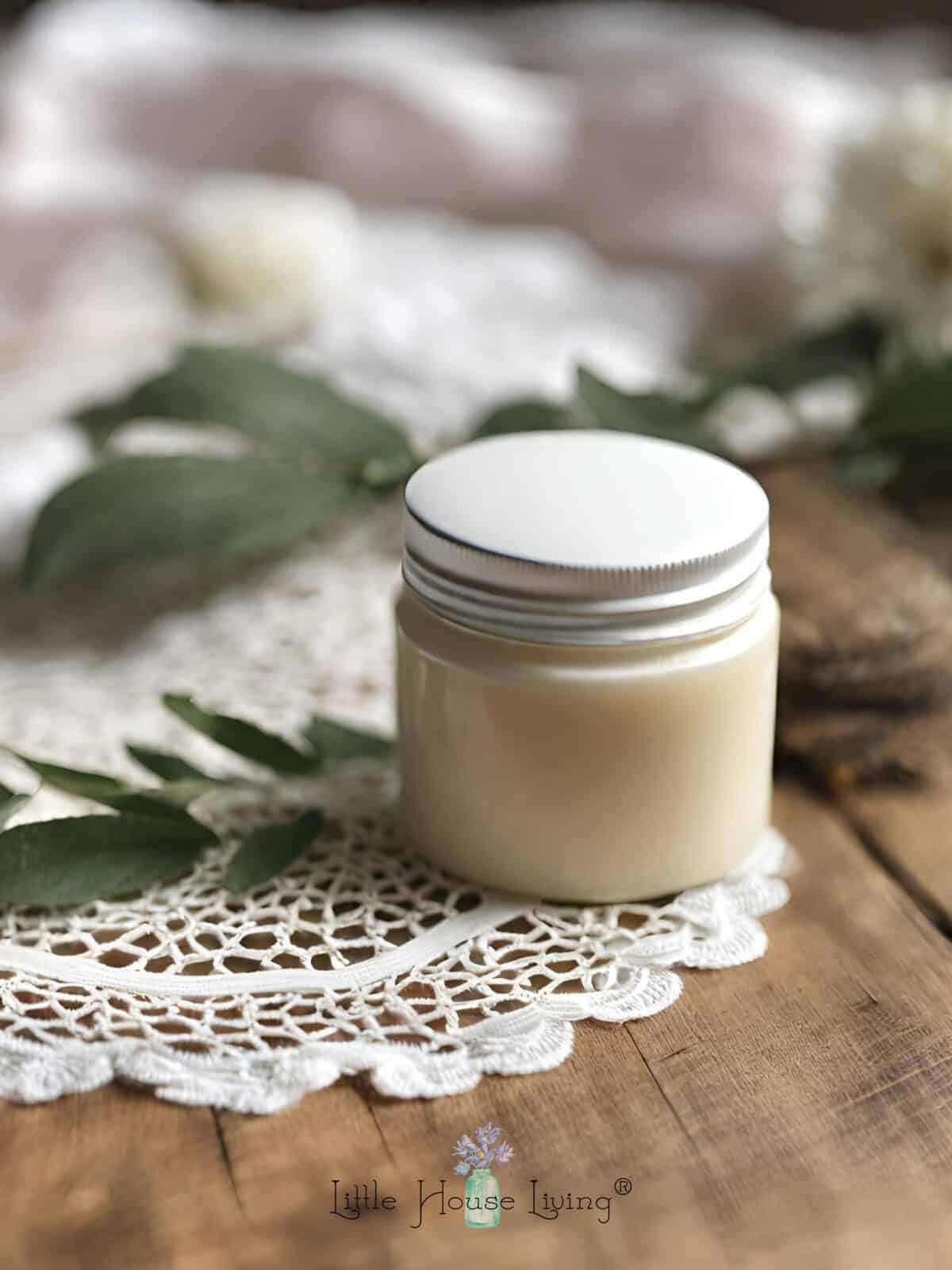
How Do You Effectively Substitute Ingredients in DIY Body Product Recipes?
Effectively substituting ingredients in DIY body product recipes requires a thoughtful approach to ensure that the final product maintains its desired properties and remains overall safe for use.
Here are some tips on how to do it effectively:
- Understand the Role of Each Ingredient: Understand the purpose of each ingredient in the recipe and research potential substitutes for the specific ingredient you want to replace. Then, look for a substitute that matches the properties of the original ingredient as closely as possible.
- Maintain the Recipe’s Integrity: Try to maintain the overall balance and integrity of the original recipe. If substituting a liquid for another liquid or a solid for another solid, consider the impact on the product’s texture, consistency, and performance.
- Experiment in Small Batches: Conduct small-scale experiments with the substitutions before making large quantities. This allows you to observe how the new ingredients interact with each other and also ensures that you can adjust the formulation if needed without wasting a significant amount of materials.
- Keep a Record of Changes: Document any substitutions made and their quantities. Note the impact on the final product, including changes in texture, scent, color, and overall performance. This record will be valuable for future batches and troubleshooting.
- Be Open to Adjustments: Not all substitutions will work seamlessly, and adjustments may be necessary. Consequently, be open to tweaking the formulation based on feedback and your own observations to achieve the desired results.
- Consult with Experts: If you are unsure about certain substitutions or their potential impact, consider consulting with skincare experts, cosmetic formulators, or professionals in the field. They can provide valuable insights and guidance based on their expertise.
Remember that the effectiveness of substitutions depends on the specific recipe and the intended use of the final product.
You can create DIY body products that meet your preferences and needs by approaching substitutions with care, experimentation, and a clear understanding of the ingredients involved.
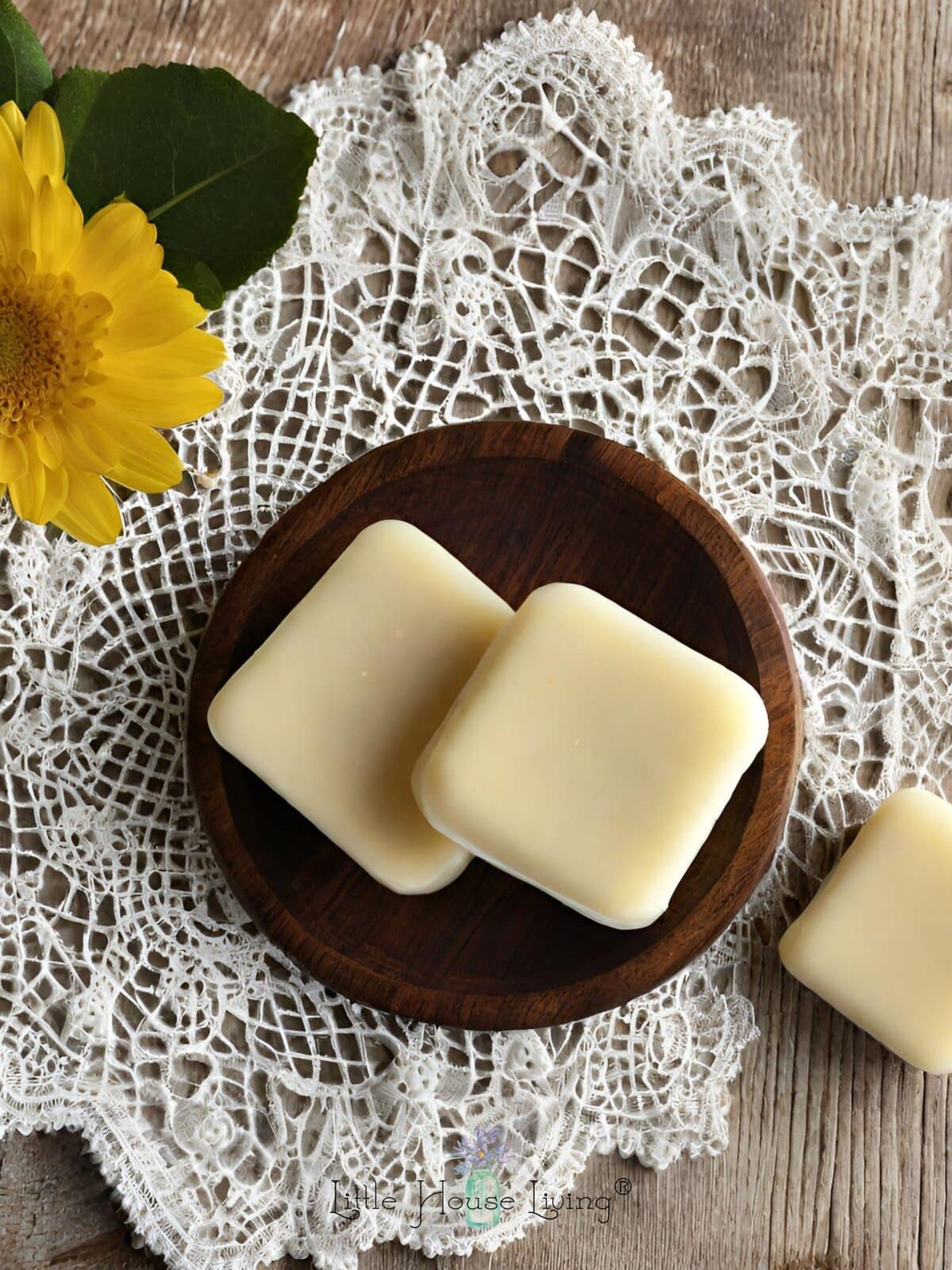
Key Factors to Consider When Substituting Ingredients
Several factors need to be considered when substituting ingredients in DIY body product recipes to ensure the final product’s effectiveness and safety.
Let’s break down these factors in more detail:
- Purpose and Properties: Understand the role of the ingredient you’re substituting. Whether it provides moisture, texture, scent, or specific skin benefits, knowing the purpose helps in selecting an appropriate substitute.
- Consistency and Texture: Consider the impact of the substitute on the product’s consistency and texture. Some ingredients contribute to the thickness or creaminess of a product, and substitutes should maintain similar properties unless a change is intentional.
- Aroma and Fragrance: If the original ingredient contributes to the product’s scent, choose a substitute with a similar aroma. Also, consider how the new ingredient will blend with other scents in the recipe.
- Allergies and Sensitivities: Be mindful of potential allergies or sensitivities of the intended users. Choose substitutes that are safe and suitable for a broad range of skin types, and clearly label any changes in ingredient composition, especially if the product will be shared or sold.
- pH Levels: Some DIY body products, especially skincare items, may require specific pH levels for optimal effectiveness. Ensure that substitutes do not significantly alter the product’s pH, which can impact its stability and compatibility with the skin.
- Compatibility with Other Ingredients: Consider how the substitute interacts with other ingredients in the recipe. Some combinations may lead to separation, clumping, or other undesirable outcomes.
- Shelf Life and Stability: Consider the impact of substitutions on the product’s shelf life and stability, particularly if the original recipe includes water-based ingredients. Certain substitutes may require additional preservatives or adjustments to maintain product integrity over time.
- User Skin Type: Consider the skin type of the intended users, as different skin types may react differently to certain ingredients. Some substitutions may be better suited for oily, dry, sensitive, or mature skin.
- Ethical and Environmental Considerations: If possible, choose substitutes that align with ethical and environmental values. Opt for cruelty-free, sustainable, or locally sourced ingredients to support ethical and eco-friendly practices.
- Availability and Cost: Consider the availability and cost of the substitute. Opt for ingredients that are easily accessible and within your budget. This is particularly important if you plan to make the product regularly or in large quantities.
By carefully considering these factors, you can make informed decisions when substituting ingredients in DIY body product recipes, leading to successful formulations that meet your goals and preferences.

Where Can You Purchase Substitutions for Ingredients in DIY Body Product Recipes?
You can purchase ingredients for DIY body product recipes from various online and offline sources. Here are some common places where you can find a wide range of ingredients for your DIY projects:
- Local Grocery Stores: Many basic ingredients, such as carrier oils, honey, essential oils, and baking ingredients, can be found at your local grocery or health food store.
- Health Food Stores: Specialty health food stores often carry a variety of natural and organic ingredients, including carrier oils, butters, essential oils, and specialty items like arrowroot powder.
- Pharmacies: Some pharmacies carry basic skincare ingredients such as glycerin, vitamin E oil, and aloe vera gel.
- Online Retailers: Numerous online retailers specialize in selling ingredients for DIY body products, such as Amazon, iHerb, Mountain Rose Herbs, Bramble Berry (for soap-making supplies) I get most of my supplies from Amazon.
- Local Farmers’ Markets: Farmers’ markets can be a great source for locally produced ingredients, such as honey, beeswax, and certain oils.
- Specialty Cosmetic Ingredient Suppliers: Some suppliers specialize in providing cosmetic ingredients to DIY enthusiasts, artisans, and small businesses, such as MakingCosmetics, Lotioncrafter, and Formulator Sample Shop.
When purchasing ingredients, consider factors such as quality and source. Make sure to read product reviews and descriptions to ensure that the ingredients meet your specific needs for DIY body product recipes.
Honestly, I get most of my DIY supplies from Amazon because I can choose from a wide variety of sellers and they have almost everything available that I need.
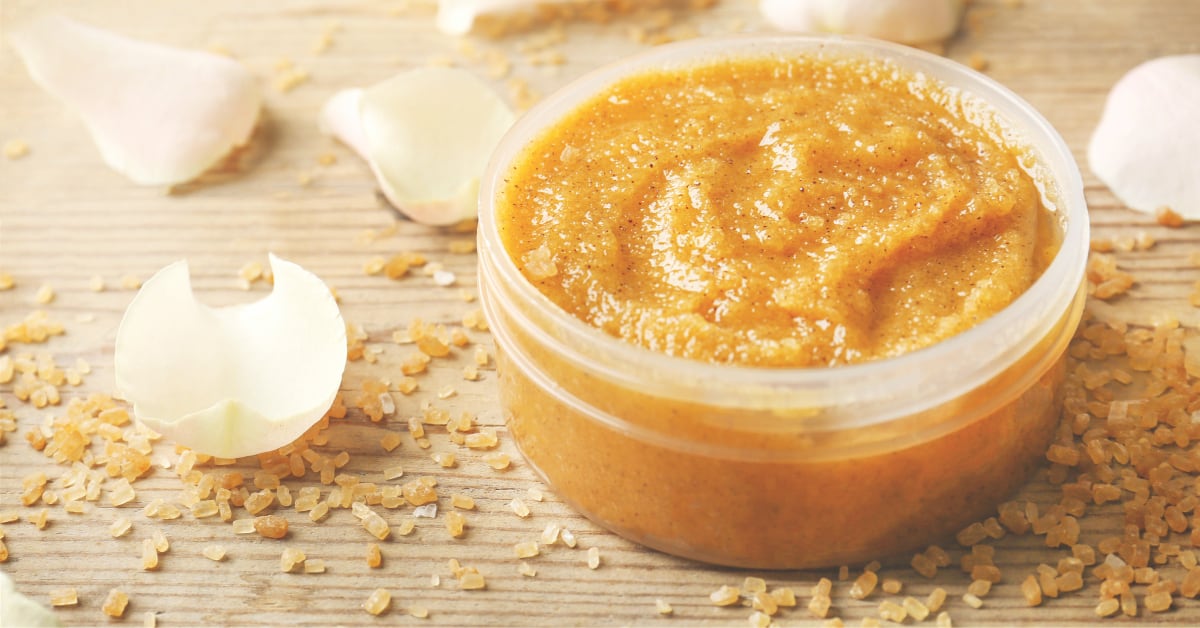
Best Homemade Body Products
- Homemade Coconut Oil Lotion
- DIY Sugar Honey Scrub
- Homemade Hand Soap
- Homemade Tinted Lip Gloss
- Sea Salt Body Scrub
- DIY Body Butter

Have you made your own DIY body products? What are some of your favorite recipes?
Did you find this post helpful? Be sure and share with your friends on Facebook, Twitter, Instagram, Pinterest, and through Email using the share buttons below!

Merissa Alink
Merissa has been blogging about and living the simple and frugal life on Little House Living since 2009 and has internationally published 2 books on the topic. You can read about Merissa’s journey from penniless to freedom on the About Page. You can send her a message any time from the Contact Page.
This article on Substitutions for Ingredients in DIY Body Product Recipes was first posted on Little House Living in February 2024.

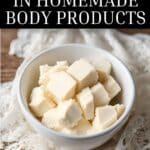






Fantastic article! I run into the same trouble sometimes. All excited to make something only to find out I am out of something or can’t use an ingredient. Thanks so much!